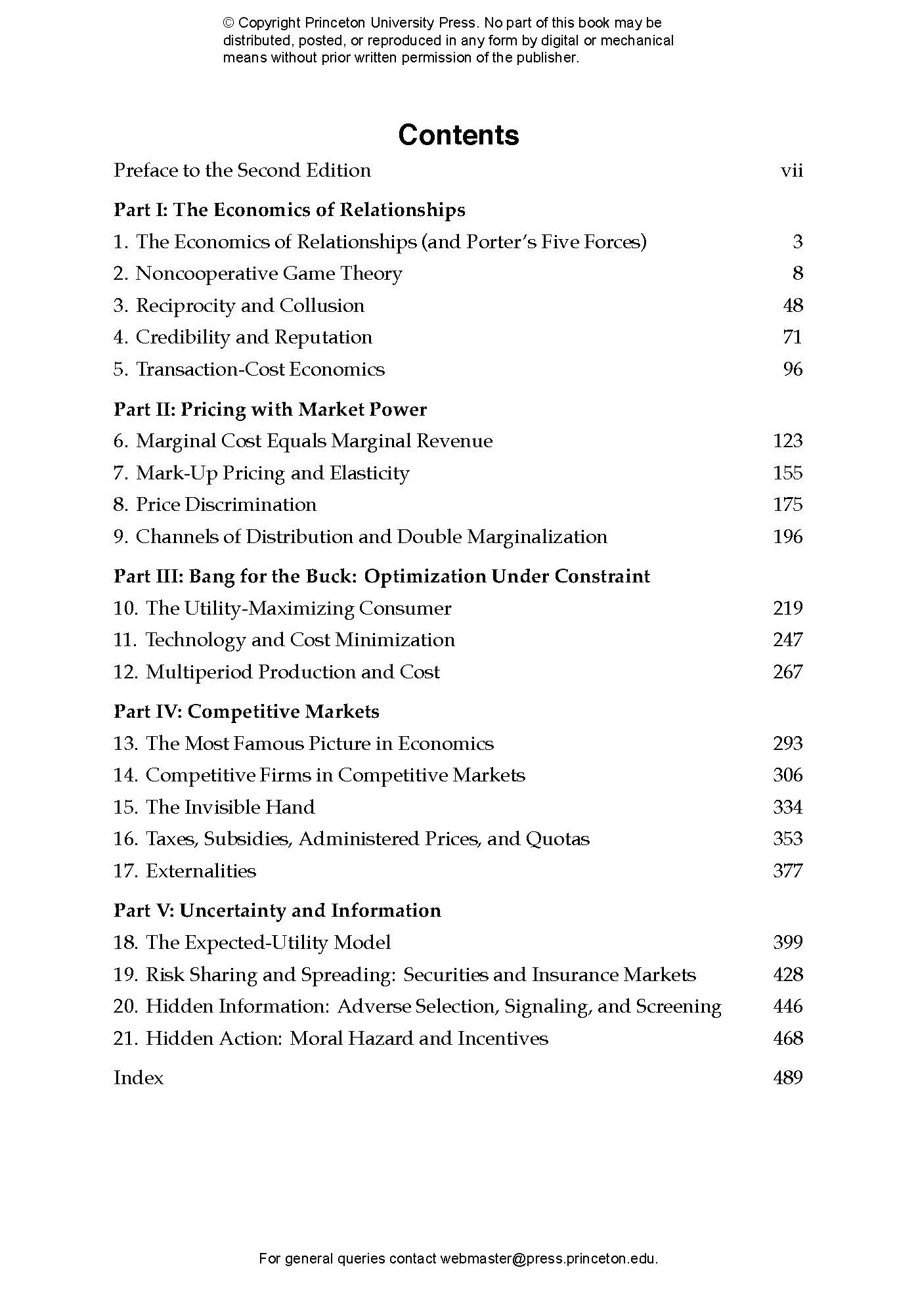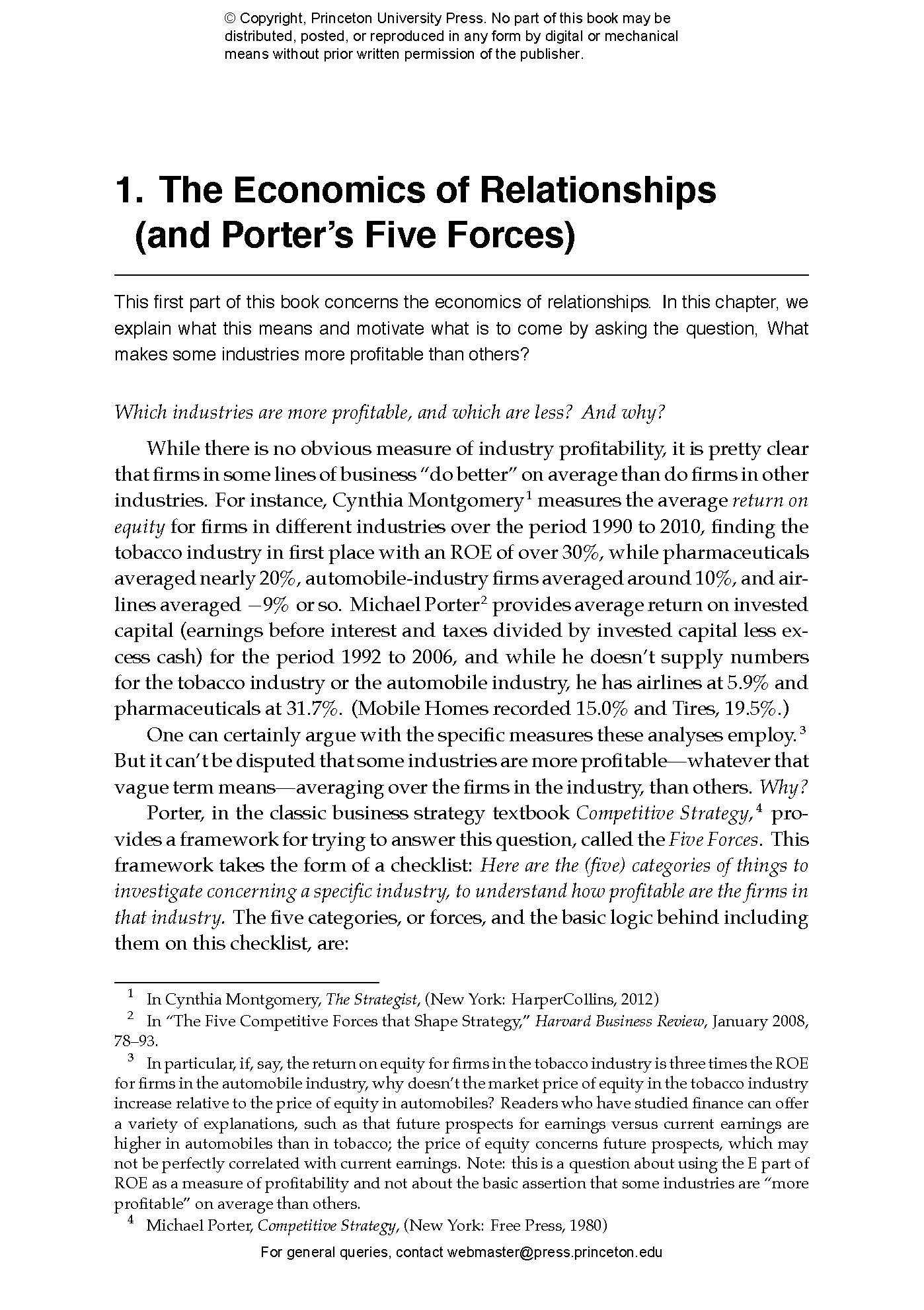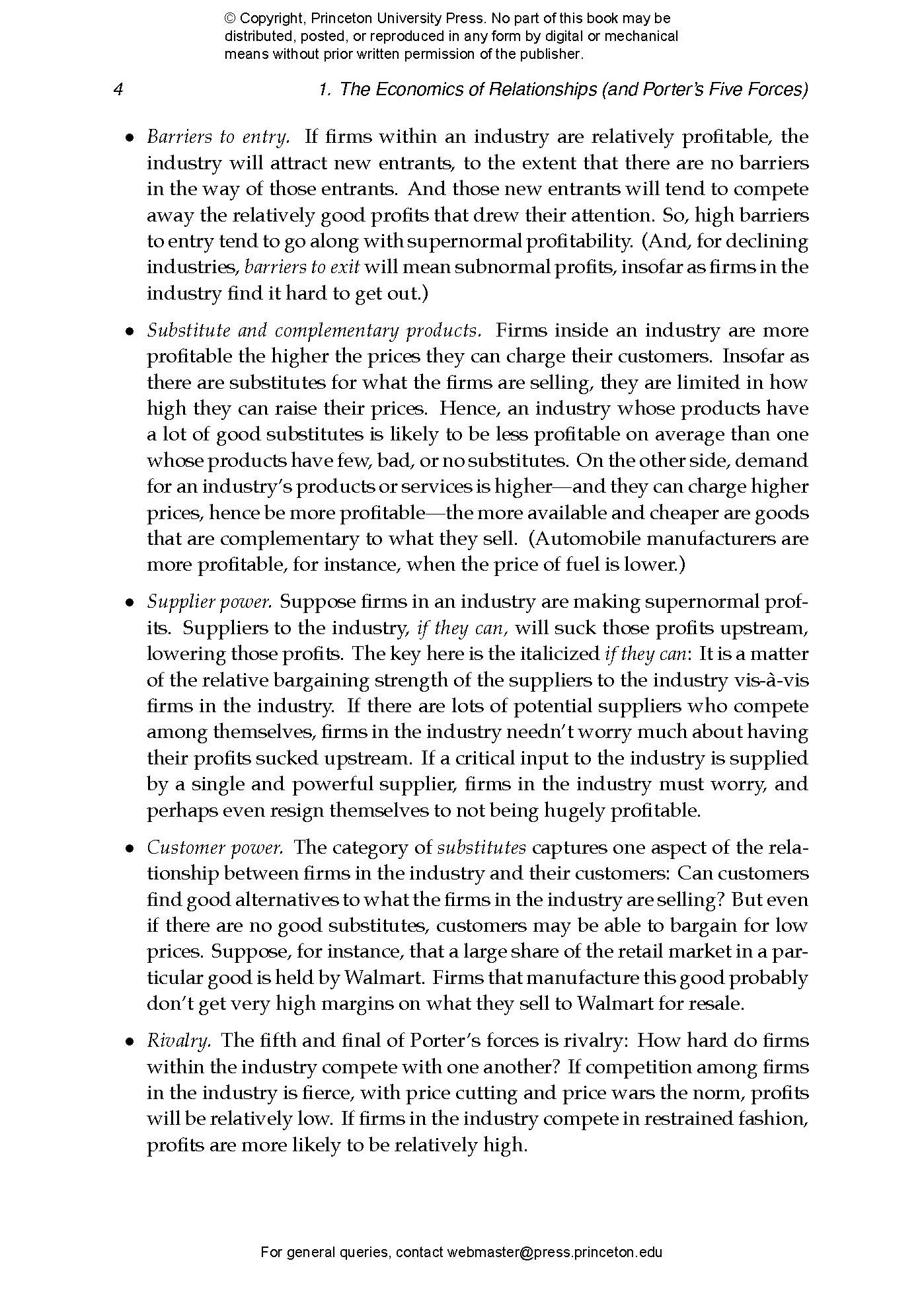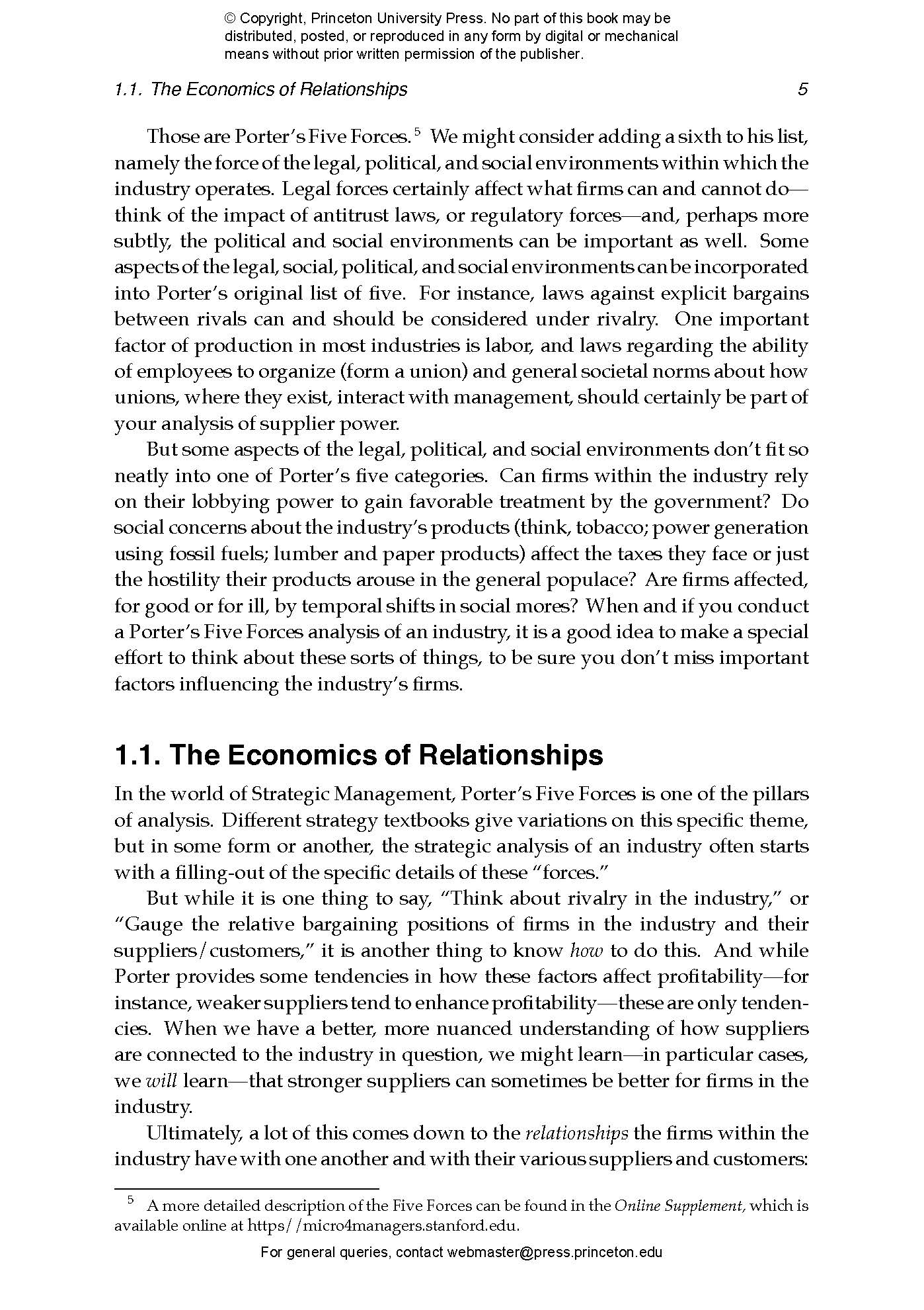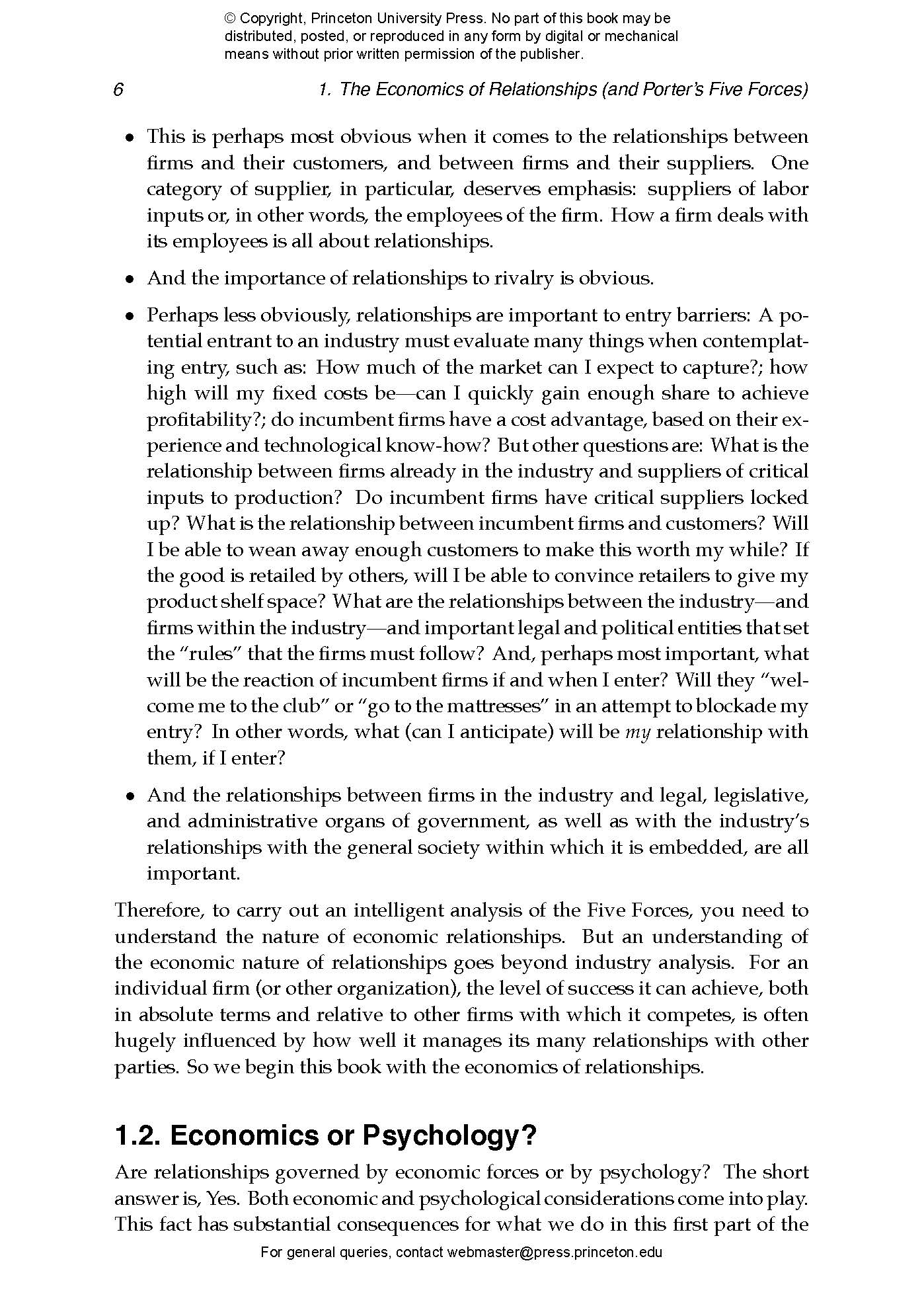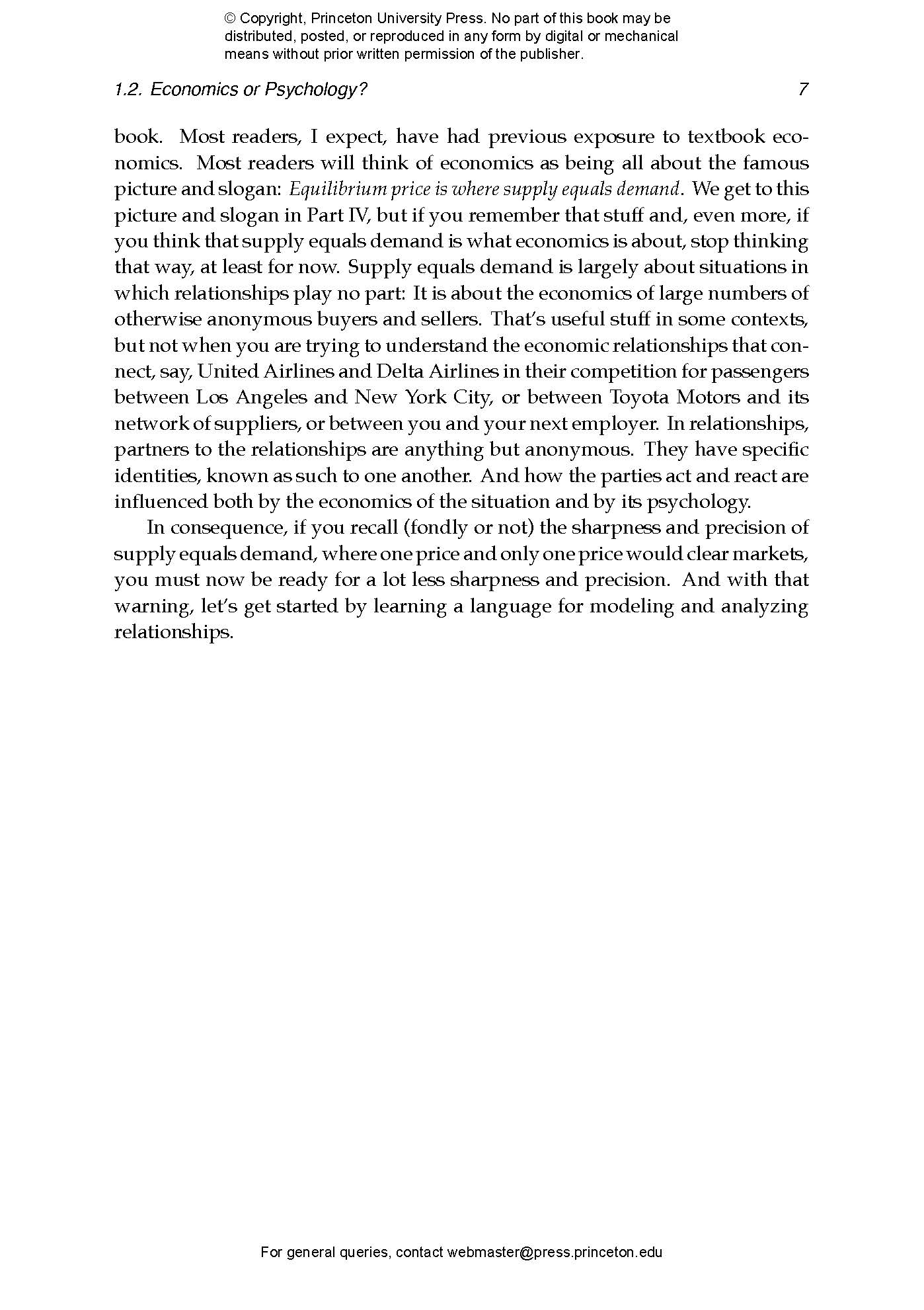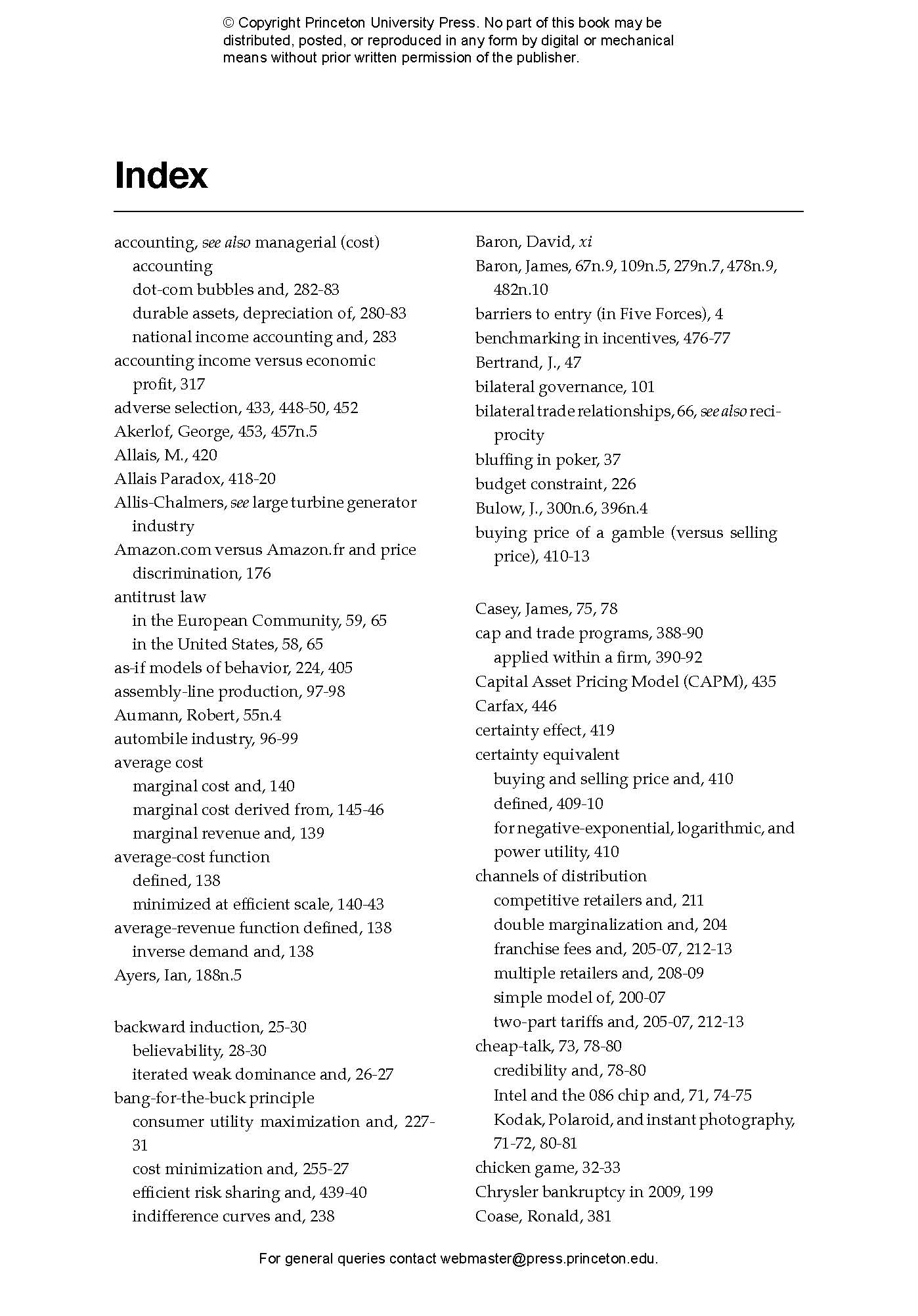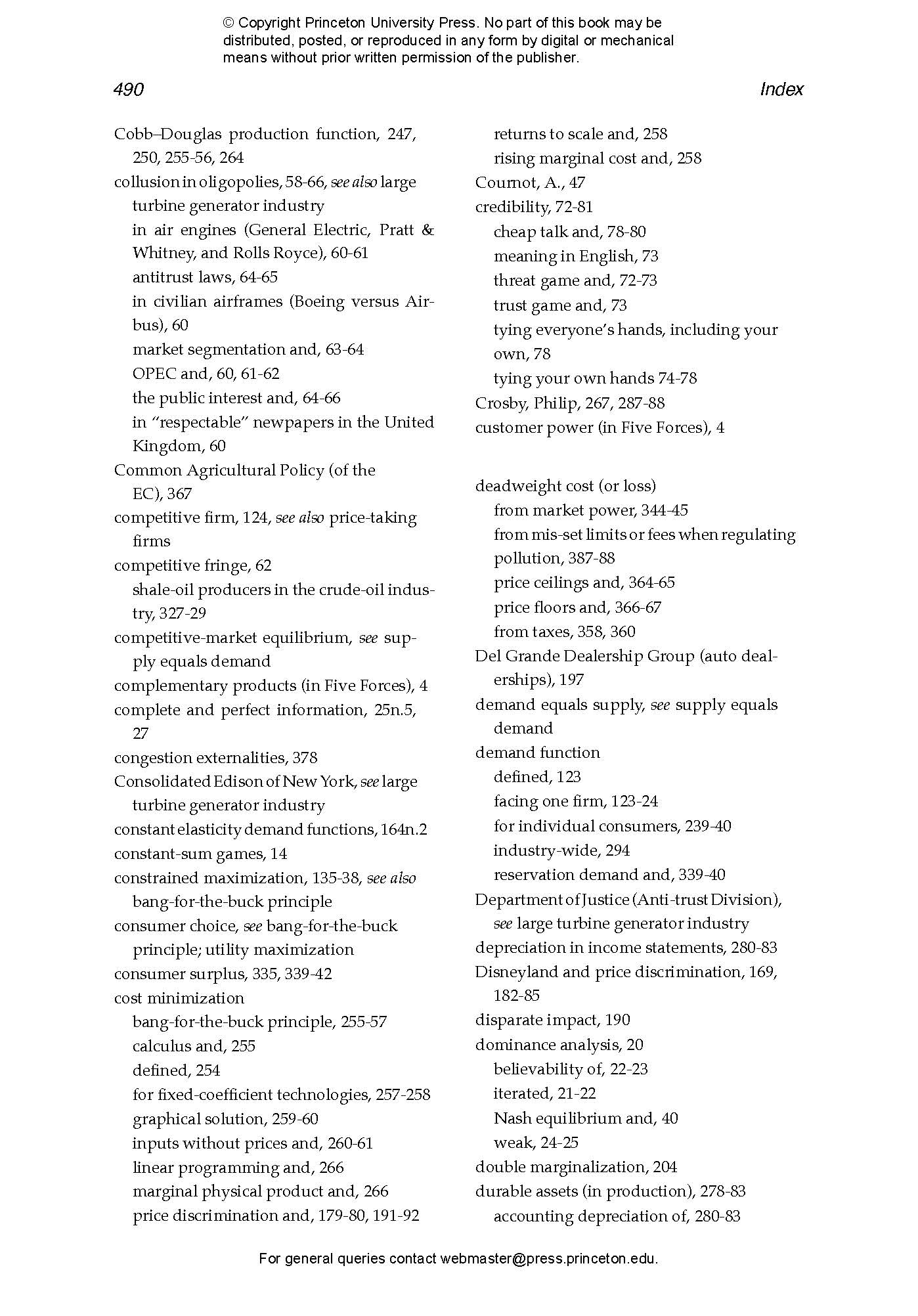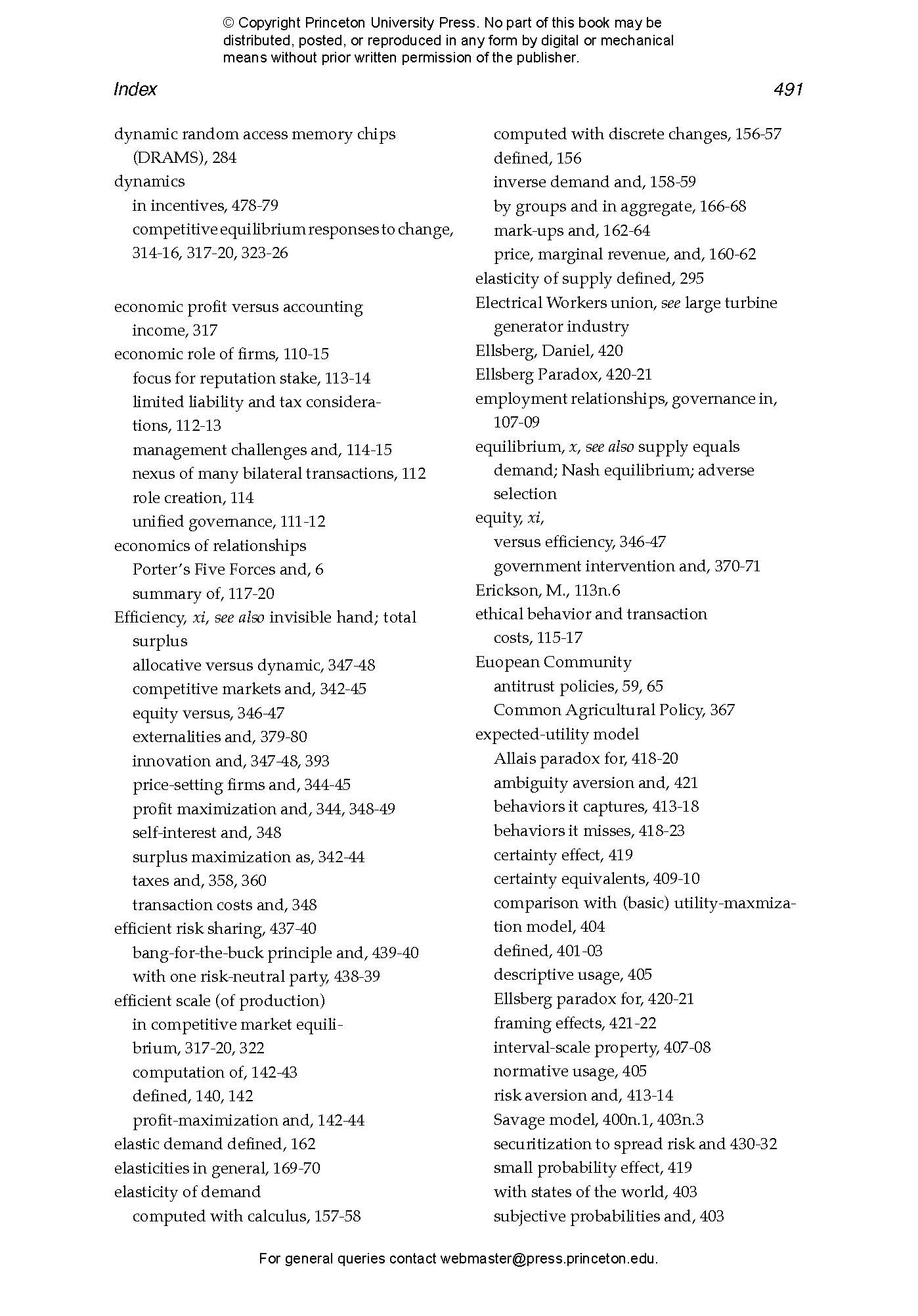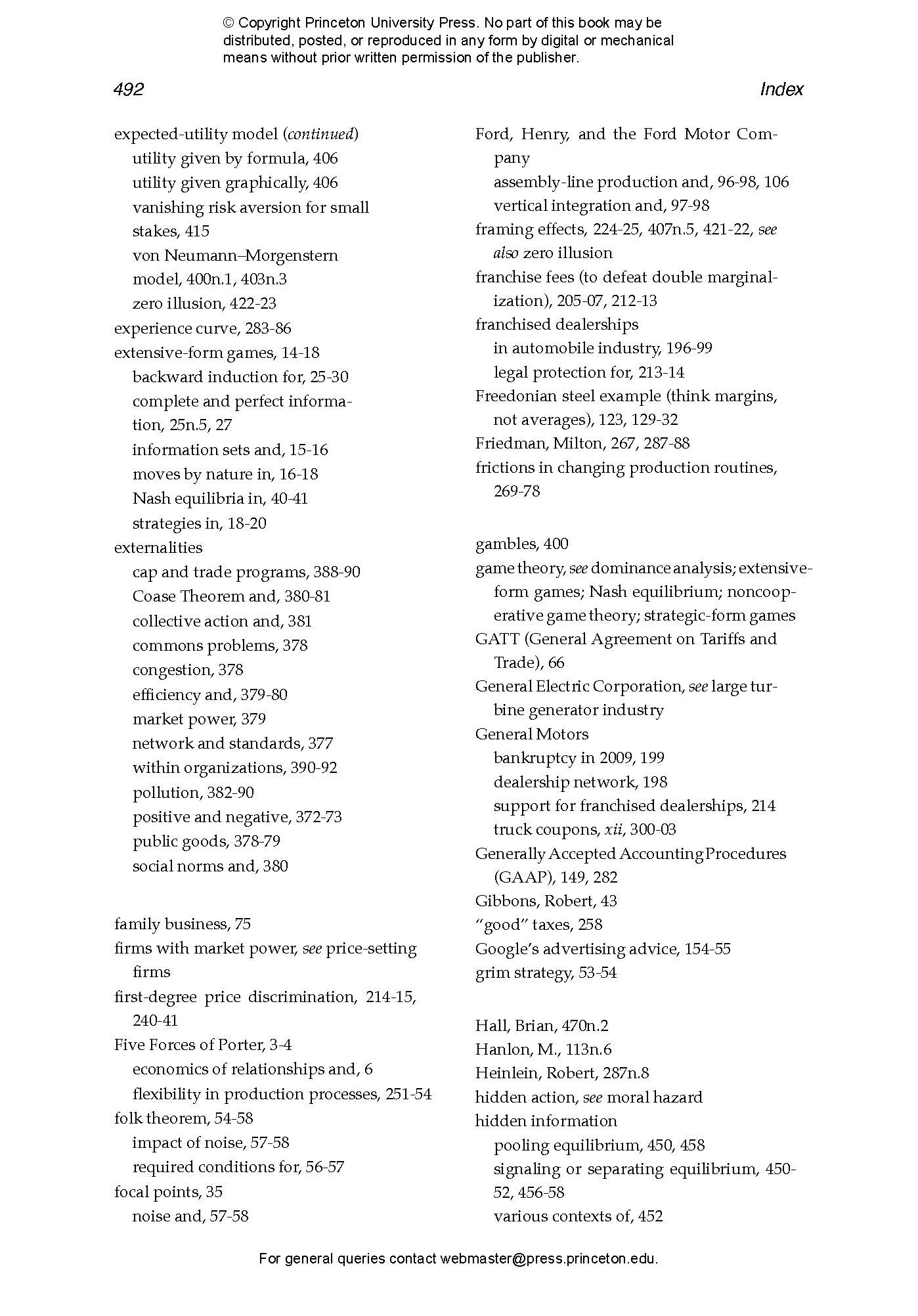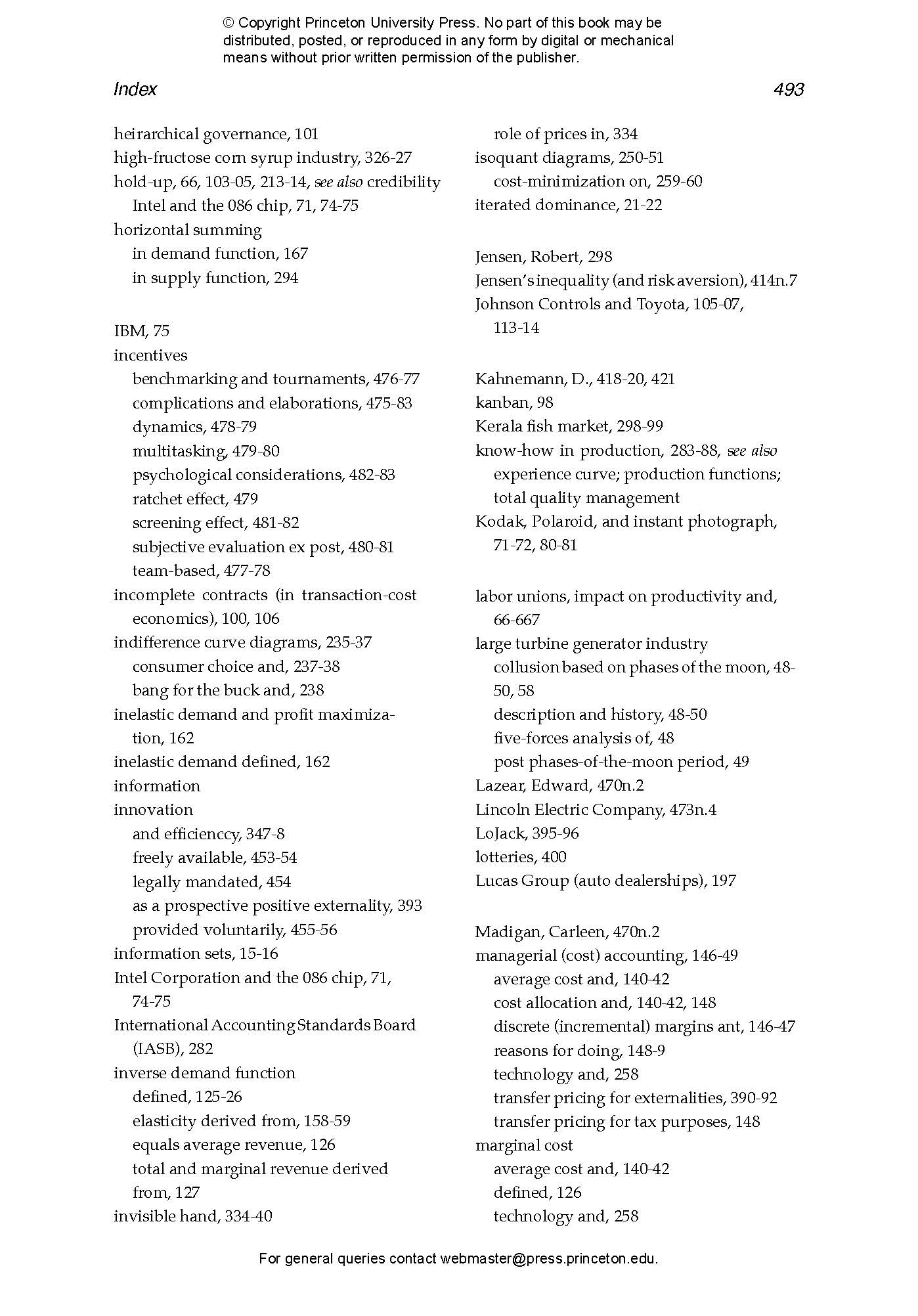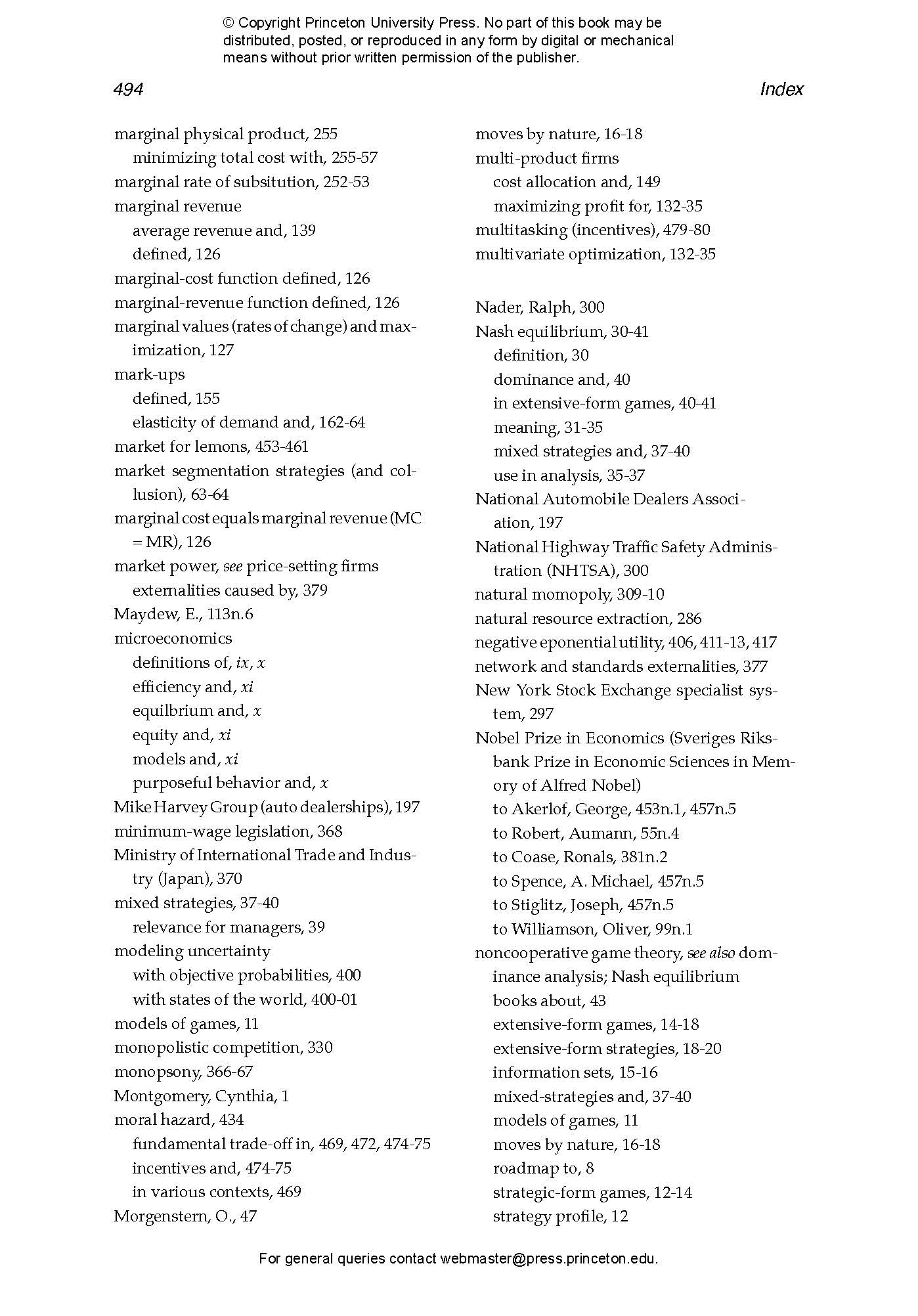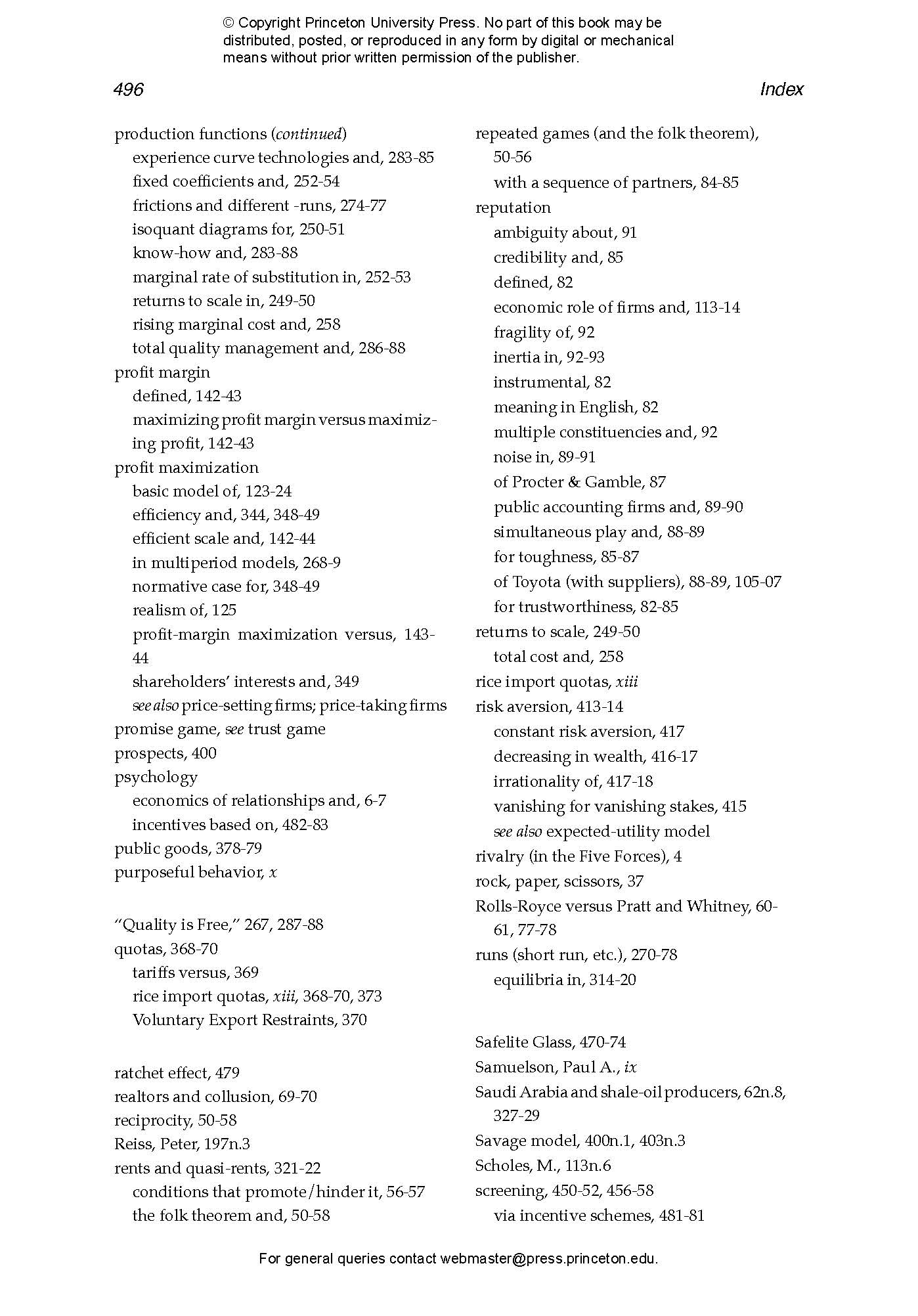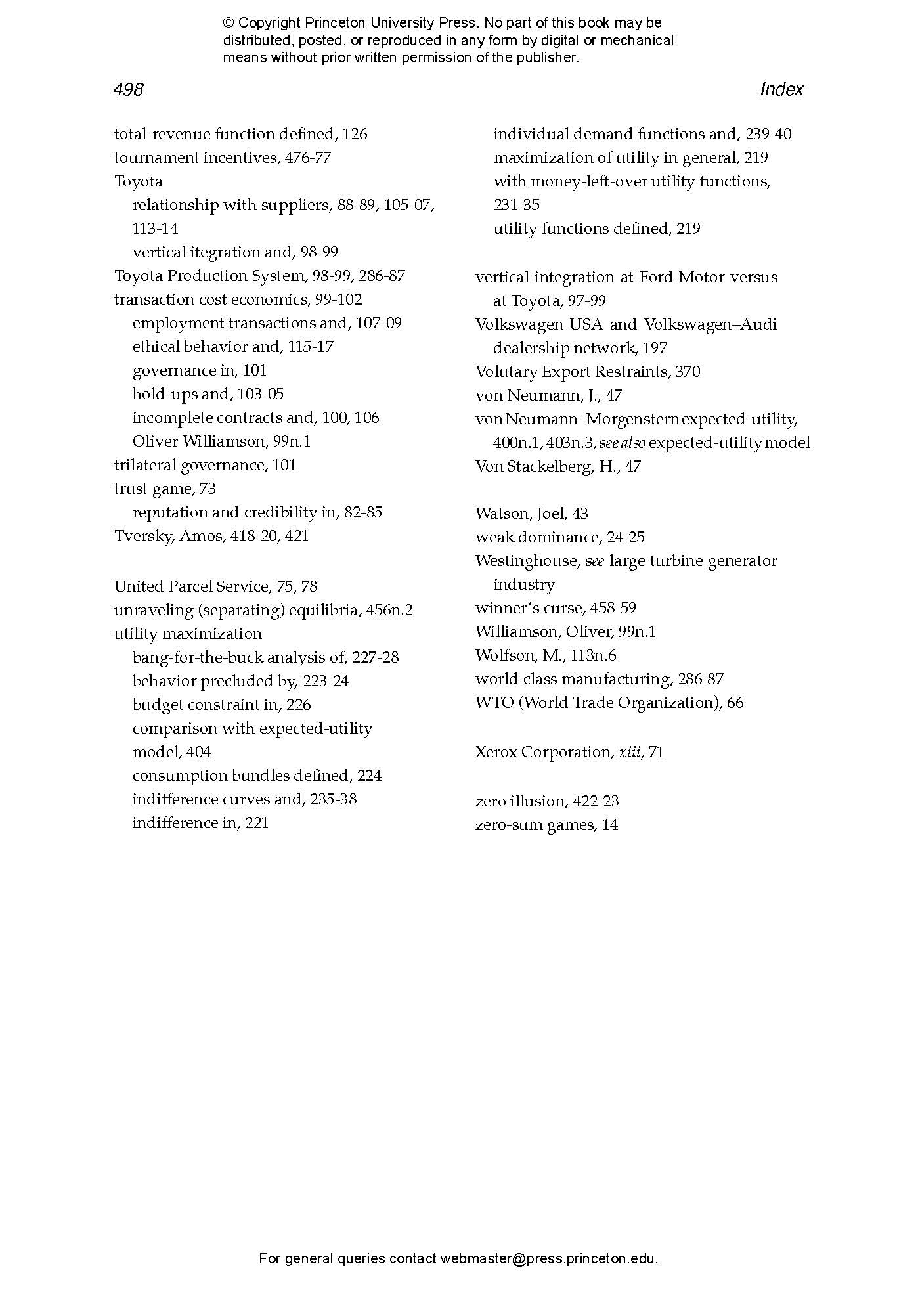Microeconomics for Managers, 2nd Edition


Hardcover
ebook
- Sale Price:
- $49.00/£40.60
- Price:
-
$70.00/£58.00 - ISBN:
- Published:
- Jan 29, 2019
- Copyright:
- 2019
- 77 b/w illus., 19 tables
- Main_subject:
- Economics & Finance
30% off with code PUP30
This is a thoroughly revised and substantially streamlined new edition of a leading textbook that shows MBA students how understanding economics can help them make smarter and better-informed real-world management decisions. David Kreps, one of the world’s most influential economists, has developed and refined Microeconomics for Managers over decades of teaching at Stanford’s Graduate School of Business. Stressing game theory and strategic thinking and driven by in-depth, integrated case studies, the book shows future managers how economics can provide practical answers to critical business problems.
- Focuses on case studies and real companies, such as Amazon, Microsoft, General Motors, United Airlines, and Xerox
- Covers essential topics for future managers—including price discrimination, Porter’s five forces, risk sharing and spreading, signaling and screening, credibility and reputation, and economics and organizational behavior
- Features an online supplement (available at micro4managers.stanford.edu) for students that provides solutions to the problems in the book, longer caselike exercises, review problems, a calculus review, and more

